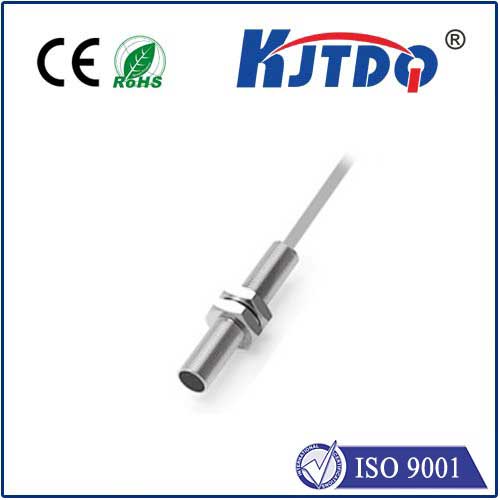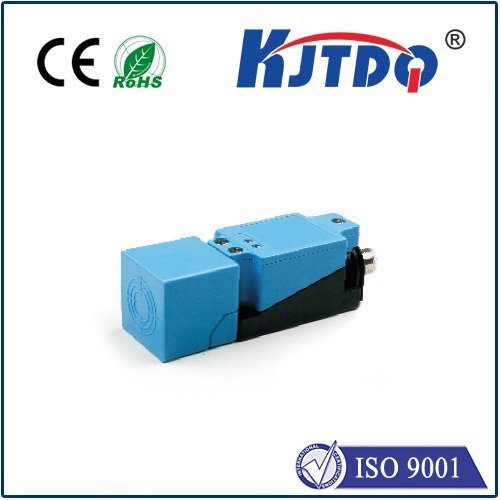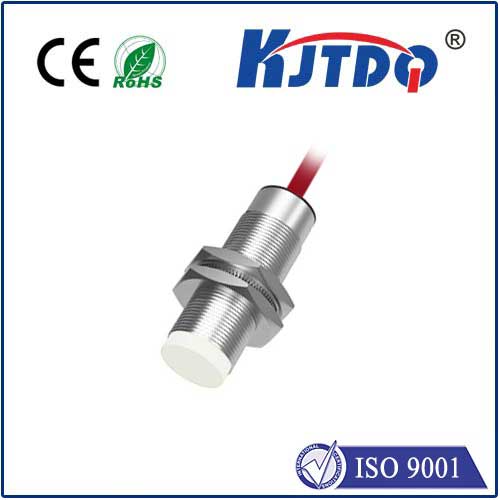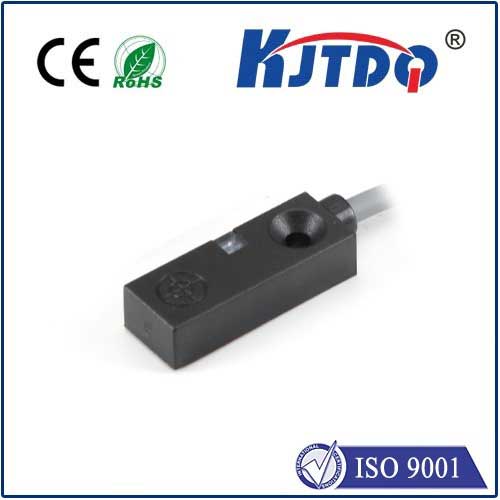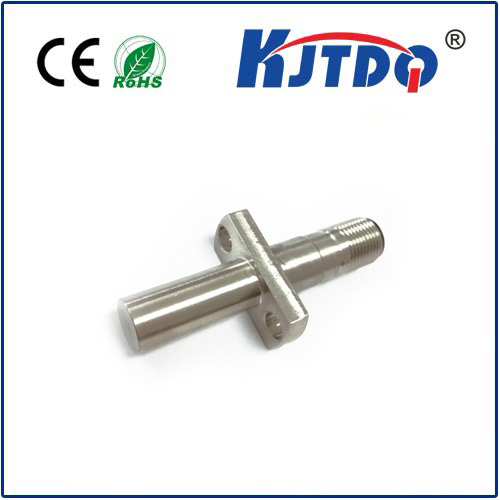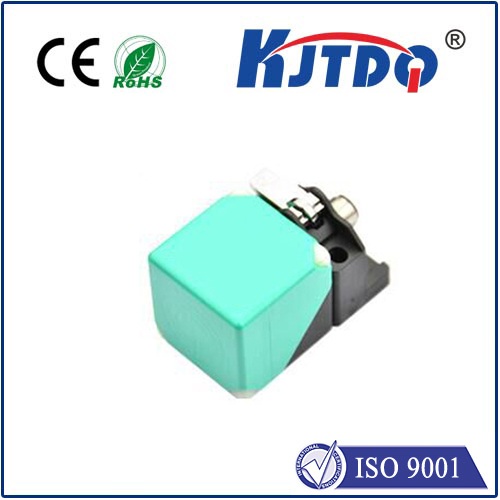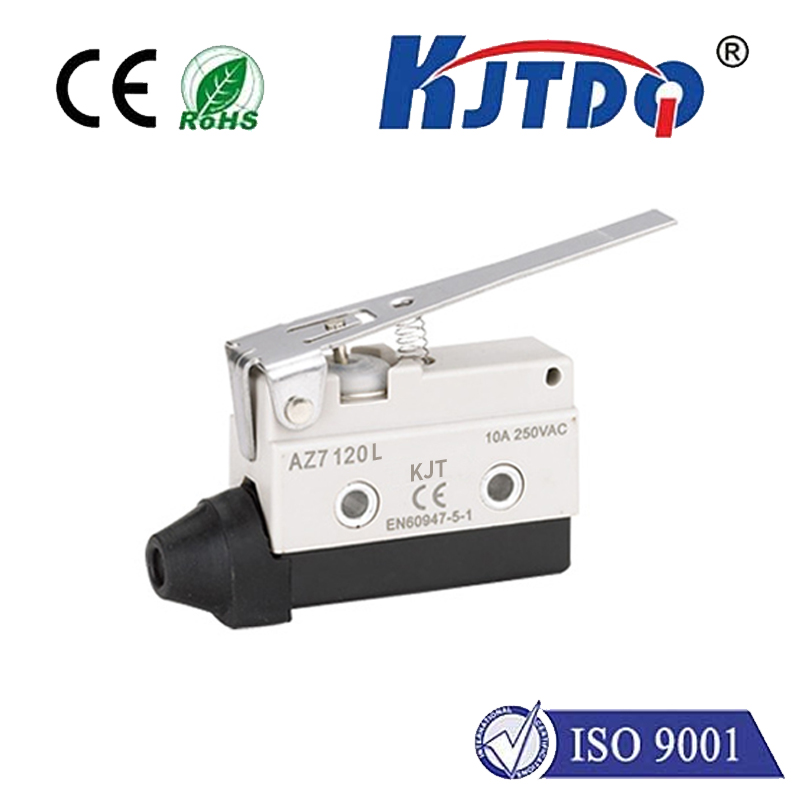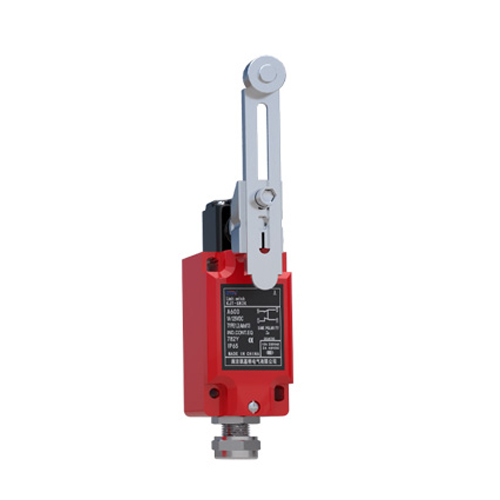

check

check

check

check
Title: Understanding the Role of Float Limit Switch in Automated Systems
Introduction to Float Limit Switch and Its Importance in Automated Systems
A float limit switch is an essential component of automated systems that control the movement of a process or equipment. It is a mechanical switch that is designed to stop the flow of liquids, gases, or other materials based on a set point or threshold. This article aims to provide a comprehensive understanding of float limit switches, their types, functions, and how they play a crucial role in ensuring the safety and efficiency of automated processes.
Types of Float Limit Switches
There are two main types of float limit switches: mechanical and electronic. Mechanical float limit switches consist of a lever or disc that moves between two contact points when the liquid level reaches or exceeds a certain point. When the lever or disc reaches the opposite contact point, the switch opens, interrupting the flow of materials. On the other hand, electronic float limit switches use an electronic sensor to detect the change in fluid level and send a signal to the control system to trigger an action.
Functions of Float Limit Switches
The primary function of float limit switches is to prevent overfill or underfill of storage vessels or tanks. By monitoring the liquid level, these switches ensure that the process continues smoothly without any interruptions due to overflowing or underflowing of materials. They also help maintain accurate measurements by providing real-time feedback on the fluid level. Additionally, float limit switches can be used as auxiliary devices to control the speed and direction of pumps and other equipment in various industries such as agriculture, mining, and manufacturing.
Benefits of Using Float Limit Switches in Automated Systems
Float limit switches offer several benefits to users, including:
1. Improved Safety: By preventing overfilling or underfilling, float limit switches significantly reduce the risk of accidents caused by spills, leaks, or fires. They also help avoid damage to equipment and machinery, which can lead to costly repairs or downtime.
2. Increased Efficiency: By maintaining accurate fluid levels, float limit switches enable processes to run smoothly and consistently, reducing waste and maximizing productivity. This results in cost savings for both manufacturers and consumers.
3. Better Control: Electronic float limit switches provide more precise control over fluid levels compared to mechanical switches. They offer fast response times and adjustable threshold settings, making them suitable for applications with varying requirements.
Conclusion
Float limit switches are critical components in automated systems that help ensure safe and efficient operation of processes and equipment. Their ability to prevent overfilling or underfilling and maintain accurate fluid levels makes them indispensable in numerous industries. Understanding the different types of float limit switches and their functions is crucial for optimizing performance and ensuring long-term reliability in automated systems.
